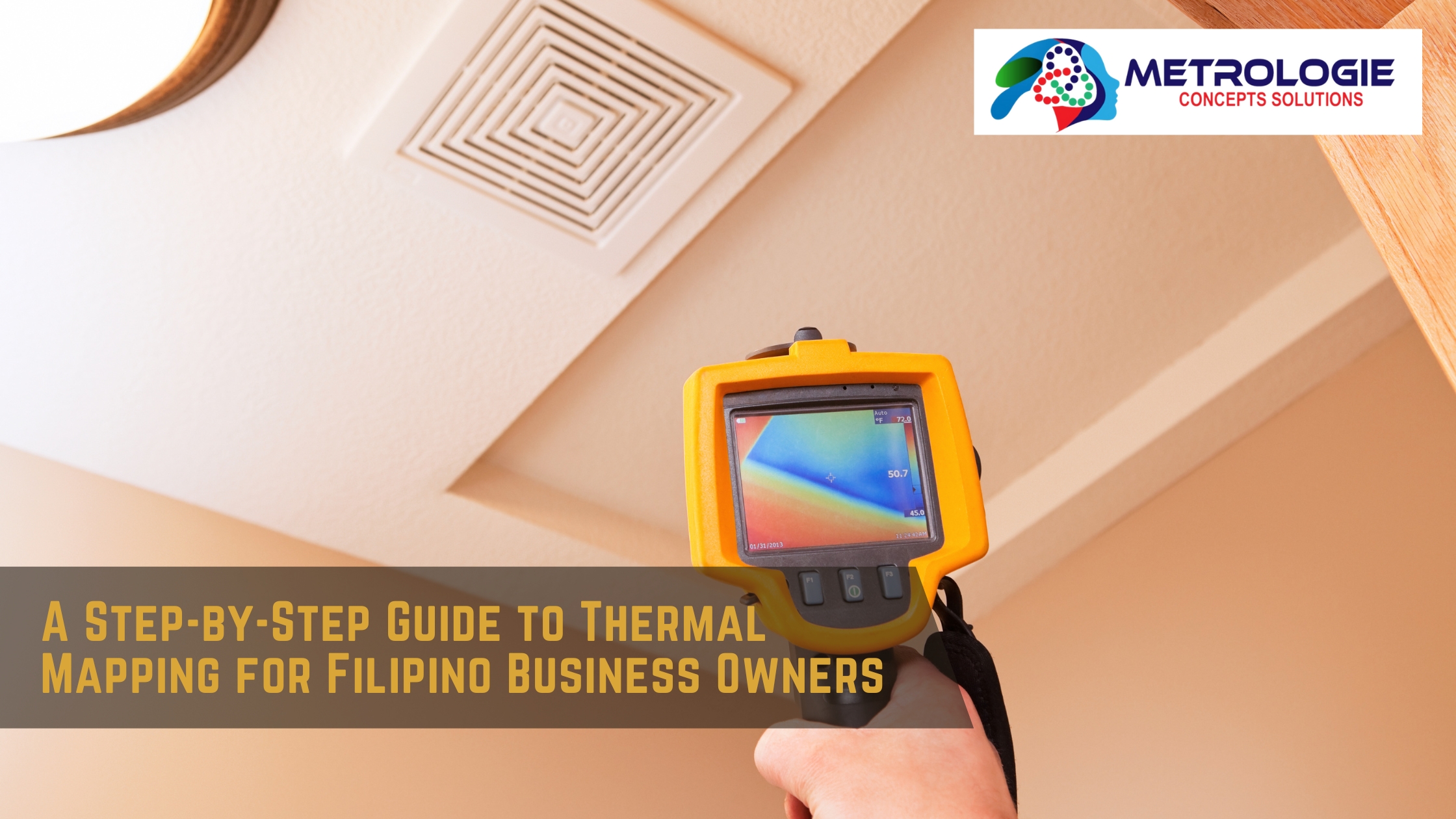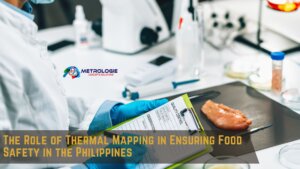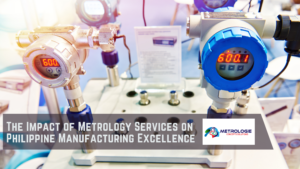Introduction: Why Thermal Mapping Matters for Filipino Business Owners
In a tropical country like the Philippines, maintaining temperature-sensitive products is a significant challenge for many businesses. Whether you’re in the food industry, pharmaceuticals, or any sector dealing with perishable goods, thermal mapping is a critical process for ensuring product quality and safety.
Thermal mapping helps businesses identify temperature fluctuations in storage or transport environments, ensuring compliance with regulatory standards and protecting goods from spoilage or degradation. With increasing consumer awareness and stringent global standards, Filipino business owners must prioritize thermal mapping to remain competitive.
This article provides a comprehensive step-by-step guide to thermal mapping, tailored to the needs of Filipino business owners. From understanding its importance to implementing a thermal mapping plan, this guide will help you protect your assets and meet industry standards.
Understanding Thermal Mapping
Thermal mapping involves monitoring and recording temperature variations in a defined space over a specific period. The process ensures that storage or transport facilities maintain consistent temperatures, safeguarding sensitive products such as food, medicine, and cosmetics.
Key Benefits of Thermal Mapping
- Compliance with Standards: Regulatory bodies like the FDA and WHO require thermal mapping for certain industries to ensure product safety.
- Preventing Losses: By identifying temperature inconsistencies, businesses can prevent spoilage and reduce waste.
- Building Customer Trust: Demonstrating a commitment to quality builds confidence among customers and partners.
Industries That Require Thermal Mapping
Thermal mapping is essential in several industries, especially those dealing with sensitive or perishable products.
Food and Beverage
With the Philippines being a major player in food exports, businesses must adhere to international safety standards. Thermal mapping ensures cold storage and transport facilities maintain the required temperatures for seafood, fruits, and other perishable goods.
Pharmaceuticals
Vaccines, medicines, and other pharmaceutical products are highly temperature-sensitive. Thermal mapping is crucial for maintaining the integrity of these products throughout their lifecycle.
Cosmetics
Cosmetic products, especially those with organic ingredients, are prone to spoilage under fluctuating temperatures. Proper thermal mapping safeguards their quality.
Logistics and Warehousing
Businesses involved in cold chain logistics and warehousing must ensure temperature consistency to protect stored goods and maintain compliance with client requirements.
Step-by-Step Guide to Thermal Mapping
Step 1: Define Your Objective
Before starting thermal mapping, it’s essential to identify your goals. Are you mapping a cold storage facility, a delivery truck, or a production area? Defining the objective ensures the process is tailored to your business needs.
Step 2: Choose the Right Equipment
Invest in reliable data loggers or sensors that can accurately record temperature and humidity levels over time. Look for devices compliant with industry standards and suitable for the Philippine climate.
Step 3: Plan the Mapping Process
Create a detailed plan that outlines:
- The areas to be mapped (e.g., storage shelves, loading bays)
- The duration of mapping (usually 24 hours to several days)
- The number of sensors required and their placement
Step 4: Conduct a Pre-Mapping Assessment
Inspect the facility or equipment to ensure everything is functioning correctly. Check for:
- Leaks or gaps in insulation
- Malfunctioning cooling systems
- Inconsistent airflow patterns
Addressing these issues beforehand ensures accurate thermal mapping results.
Step 5: Position Sensors Strategically
Place sensors in critical areas, including:
- The center of the space to measure average temperatures
- Near doors or windows to detect temperature fluctuations
- On top and bottom shelves to identify vertical temperature gradients
Step 6: Record Data
Start the thermal mapping process and allow the sensors to record temperature data over the planned duration. Ensure the facility operates under normal conditions to obtain realistic results.
Step 7: Analyze the Data
After the mapping period, analyze the data to identify any inconsistencies. Look for:
- Hot or cold spots
- Temperature spikes during specific times of the day
- Areas requiring better insulation or cooling
Step 8: Implement Corrective Actions
Based on the data analysis, take corrective actions to address identified issues. This may include:
- Adjusting HVAC systems
- Improving insulation in specific areas
- Reorganizing storage layouts to promote better airflow
Step 9: Validate the Changes
Repeat the thermal mapping process after implementing changes to ensure the issues are resolved. This validation step is crucial for compliance and quality assurance.
Step 10: Regular Monitoring
Thermal mapping is not a one-time activity. Regular monitoring ensures continued compliance and helps identify new issues as they arise.
Challenges in Thermal Mapping in the Philippines
High Humidity Levels
The Philippines’ tropical climate poses unique challenges for maintaining consistent temperatures, especially in high-humidity areas. Businesses must invest in equipment designed to withstand these conditions.
Power Interruptions
Frequent power outages in some regions can disrupt cooling systems, leading to temperature fluctuations. Backup power systems and generators are essential to mitigate this risk.
Cost Constraints
Thermal mapping can be costly for small businesses. However, the long-term benefits, including reduced losses and compliance, outweigh the initial investment.
Thermal Mapping Regulations in the Philippines
Several regulatory bodies enforce standards for thermal mapping in the country. These include:
- Food and Drug Administration (FDA): Sets guidelines for cold chain management in food and pharmaceuticals.
- Department of Agriculture: Oversees food safety standards for exporters.
- Good Distribution Practices (GDP): Requires thermal mapping for pharmaceutical logistics.
Adhering to these regulations protects your business from penalties and enhances your credibility.
Cost of Thermal Mapping for Filipino Businesses
The cost of thermal mapping varies depending on factors such as:
- The size of the facility or equipment being mapped
- The duration of the mapping process
- The type of equipment used
While the initial investment may seem high, the long-term savings from reduced spoilage and compliance with regulations make it worthwhile.
Best Practices for Thermal Mapping
- Partner with Experts: Hire professionals with experience in thermal mapping for accurate results.
- Use Calibrated Equipment: Ensure sensors and data loggers are calibrated for precise measurements.
- Train Your Staff: Educate your team on the importance of thermal mapping and how to maintain temperature-sensitive products.
Conclusion: Protecting Your Business with Thermal Mapping
Thermal mapping is an essential practice for Filipino business owners dealing with temperature-sensitive goods. It ensures product safety, regulatory compliance, and customer satisfaction, all while reducing losses from spoilage.
By following this step-by-step guide, you can implement an effective thermal mapping strategy tailored to your business. Whether you’re in food production, pharmaceuticals, or logistics, thermal mapping is a valuable investment in the quality and reputation of your brand.
Make thermal mapping a priority and position your business for long-term success in the competitive Philippine market.




